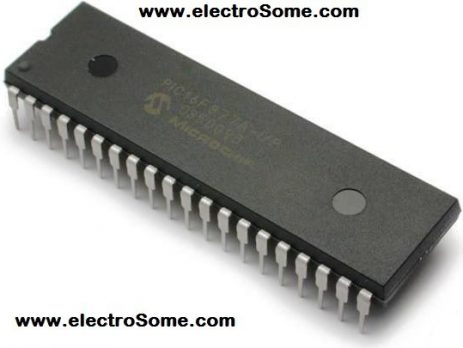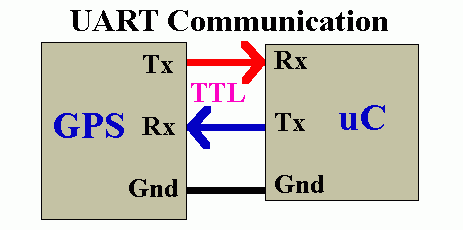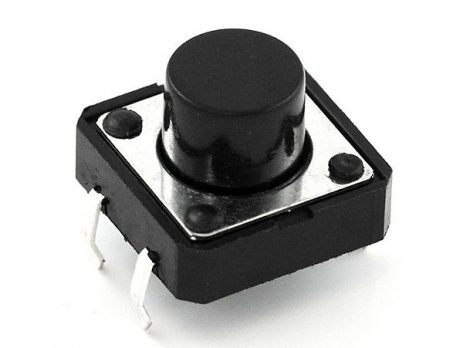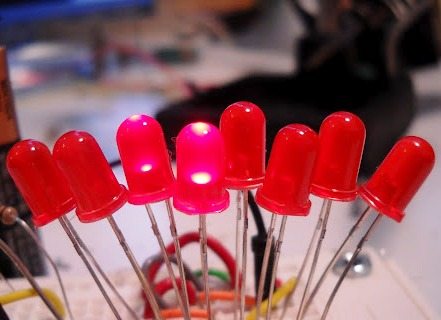Configuration Bits in Mid-Range PIC Microcontrollers
Device Configuration Bits allows the programmer to adjust certain condition that determines the operation modes of the microcontroller. That is the state of Configuration Bits determines the mode in which device operates when it is powered. These configuration bits are mapped in the program memory location 2007h. This location can't be accessed during normal operation and can be accessed only at the time of programming. Their placement is automatically taken care by the device programmer or ICSP programmer. Hence selection...









